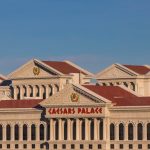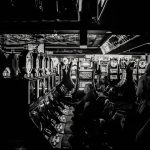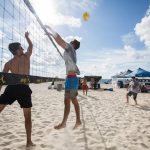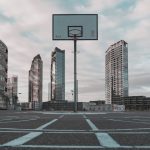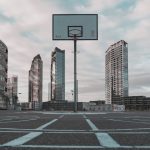Download links
How to install Riding the Waves: The Thrill of Ph630 Surfing APK?
1. Tap the downloaded Riding the Waves: The Thrill of Ph630 Surfing APK file.
2. Touch install.
3. Follow the steps on the screen.
Description
The history of Ph630 surfing is deeply intertwined with the cultural and geographical landscape of the Philippines. Surfing in the archipelago can be traced back to the early 1970s when local surfers began to experiment with riding the waves on makeshift boards. The term “Ph630” refers to a specific style of surfing that has evolved in the region, characterized by its unique techniques and the use of locally crafted surfboards.
The initial wave of surfing enthusiasts was primarily composed of locals who were inspired by international surf culture, particularly from the United States and Australia. They began to adopt and adapt these influences, creating a distinctive surfing identity that resonated with the natural beauty and diverse marine environments of the Philippines. As the sport gained traction, it became a significant part of local culture, particularly in coastal communities.
The first surf competitions were held in the late 1970s, showcasing not only the skills of local surfers but also promoting the Philippines as a burgeoning surfing destination. The introduction of international surf competitions in the 1980s further solidified the country’s reputation on the global surfing map. Notable spots like Siargao, La Union, and Baler emerged as hotspots for both local and international surfers, drawing attention to the unique waves and vibrant surf culture.
Over the decades, Ph630 surfing has evolved, incorporating modern techniques while still honoring its roots, making it a dynamic and integral part of Filipino coastal life.
Key Takeaways
- Ph630 surfing has a rich history dating back to the 1970s when it first gained popularity in the Philippines.
- Some of the best surfing spots in the Philippines include Siargao, Baler, and La Union, offering a variety of waves for surfers of all levels.
- Beginners can get started with Ph630 surfing by taking lessons from experienced instructors, practicing proper paddling techniques, and learning about wave conditions.
- What makes Ph630 surfing unique is the thrill of riding the waves in stunning tropical locations, surrounded by the natural beauty of the Philippines.
- Safety precautions for Ph630 surfing include wearing a leash, using proper equipment, being aware of rip currents, and respecting local surf etiquette to ensure a safe and enjoyable experience.
The Best Surfing Spots in the Philippines
The Philippines boasts an impressive array of surfing spots that cater to all skill levels, from beginners to seasoned pros. One of the most iconic locations is Siargao Island, often referred to as the surfing capital of the Philippines. Cloud 9, a world-renowned surf break located on this island, is famous for its powerful right-hand reef break that attracts surfers from around the globe.
The wave’s hollow barrels and consistent swells make it a must-visit for anyone serious about surfing.
Another notable destination is La Union, located on the northern coast of Luzon.
Known for its laid-back vibe and welcoming atmosphere, La Union has become increasingly popular among both local and international surfers. The surf season typically runs from October to March, with spots like San Juan offering consistent waves that are perfect for beginners and intermediates alike. The area is also home to a vibrant surf community, with numerous surf schools and rental shops available for those looking to get started.
Additionally, Baler, a town steeped in surfing history, offers excellent waves at spots like Sabang Beach and Cemento Beach, making it another essential stop for surf enthusiasts exploring the Philippines.
Tips for Beginners: How to Get Started with Ph630 Surfing
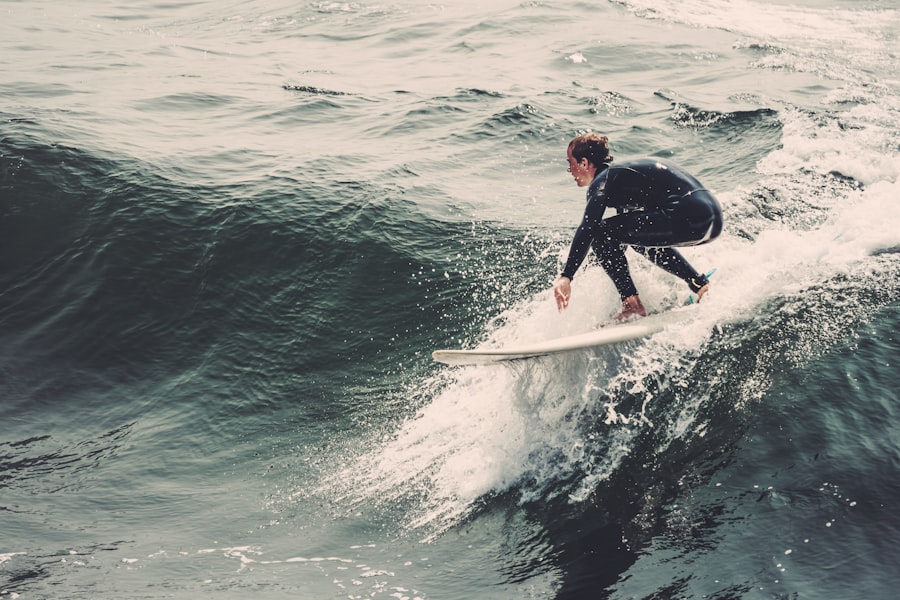
For those eager to dive into Ph630 surfing, starting with the right approach is crucial for both safety and enjoyment. First and foremost, it’s essential to choose a suitable location that caters to beginners. Beaches with gentle waves and sandy bottoms are ideal for novices as they provide a safer environment to learn.
Popular beginner-friendly spots include La Union and certain areas in Siargao where surf schools offer lessons tailored for newcomers. Enrolling in a surf school can significantly enhance the learning experience; instructors provide valuable insights into paddling techniques, wave selection, and proper stance on the board. In addition to formal lessons, beginners should invest time in understanding ocean conditions.
Familiarizing oneself with tides, currents, and weather patterns can greatly influence one’s surfing experience. It’s advisable to start practicing on a soft-top board, which is more forgiving than hard-top boards and reduces the risk of injury during falls. Moreover, practicing balance on land before hitting the water can help build confidence.
Simple exercises like standing on a balance board or even practicing yoga can improve core strength and stability, which are vital for maintaining control while riding waves.
The Thrill of Riding the Waves: What Makes Ph630 Surfing Unique
| Aspect | Description |
|---|---|
| Location | Philippines, specifically in the province of La Union |
| Wave Quality | Consistent and powerful waves suitable for all levels of surfers |
| Surfing Community | Welcoming and diverse community of local and international surfers |
| Scenery | Breathtaking coastal views and stunning sunsets |
| Local Culture | Rich Filipino culture and delicious local cuisine |
What sets Ph630 surfing apart from other surfing styles is its deep connection to Filipino culture and the natural environment. The experience of riding waves in the Philippines is not just about the sport; it’s about immersing oneself in the breathtaking landscapes that surround these surf spots. From pristine beaches lined with palm trees to vibrant coral reefs teeming with marine life, every session offers a unique backdrop that enhances the thrill of surfing.
The warm waters and consistent swells create an inviting atmosphere that encourages surfers to push their limits while enjoying nature’s beauty. Moreover, Ph630 surfing embodies a sense of community that is palpable among local surfers. The camaraderie shared among surfers fosters an environment where skills are honed collectively, and experiences are shared.
This community spirit is further enriched by local traditions and customs that influence surfing culture in the Philippines. Events such as beach clean-ups and surf festivals not only promote environmental awareness but also strengthen bonds among surfers, making Ph630 surfing a holistic experience that transcends mere athleticism.
Safety Precautions for Ph630 Surfing
Safety is paramount when engaging in any water sport, including Ph630 surfing. Understanding ocean conditions is crucial; beginners should always check local surf reports before heading out. These reports provide information on wave height, tide schedules, and potential hazards such as rip currents or rocky areas.
It’s advisable to surf with a buddy or within sight of lifeguards whenever possible, especially for those who are still mastering their skills. Wearing appropriate gear such as a wetsuit or rash guard can also protect against sunburn and abrasions from falls. Another important aspect of safety is knowing one’s limits.
Beginners should start with smaller waves and gradually progress to more challenging conditions as their skills improve. It’s essential to practice proper etiquette in the water; respecting other surfers’ right of way helps prevent accidents and fosters a positive environment. Additionally, being aware of one’s surroundings—such as other surfers, swimmers, and potential obstacles—can significantly reduce risks while out on the water.
Regularly practicing self-assessment after each session can help surfers identify areas for improvement while ensuring they remain safe during their adventures.
The Growing Popularity of Ph630 Surfing: The Future of Surfing in the Philippines

The popularity of Ph630 surfing has seen remarkable growth over recent years, driven by both local enthusiasm and international interest in the sport. Social media platforms have played a significant role in showcasing stunning visuals of Philippine surf spots, attracting tourists eager to experience these idyllic locations firsthand. As more people discover the thrill of riding waves in this tropical paradise, local economies have begun to benefit from increased tourism related to surfing activities.
Surf schools, rental shops, and accommodations catering specifically to surfers have proliferated in response to this demand. Looking ahead, the future of Ph630 surfing appears bright as more initiatives focus on sustainability and environmental conservation within the sport. Local organizations are increasingly advocating for responsible tourism practices that protect marine ecosystems while promoting surfing culture.
Events such as surf competitions not only highlight local talent but also raise awareness about ocean conservation efforts. As more surfers embrace eco-friendly practices—such as using sustainable surfboards or participating in beach clean-ups—the community continues to evolve into one that values both adventure and environmental stewardship. This dual focus on enjoyment and responsibility will likely shape the future landscape of Ph630 surfing in the Philippines for generations to come.
If you’re interested in exploring more about the world of surfing, you may want to check out the article on Spotify Music. This article discusses how music can enhance the surfing experience and provide the perfect soundtrack for catching waves. Whether you’re a seasoned surfer or just starting out, music can add an extra layer of enjoyment to your time in the water.
FAQs
What is surfing?
Surfing is a water sport in which a person rides a board on the crest and face of a breaking wave.
What equipment do I need for surfing?
The basic equipment for surfing includes a surfboard, leash, wetsuit, and wax. Optional equipment may include fins, traction pads, and a rash guard.
What are the different types of surfboards?
There are several types of surfboards, including shortboards, longboards, fish boards, and funboards. Each type is designed for different wave conditions and surfing styles.
What are the best surfing locations in the world?
Some of the best surfing locations in the world include Pipeline in Hawaii, Jeffreys Bay in South Africa, Teahupo’o in Tahiti, and Banzai Pipeline in Oahu, Hawaii.
What are some safety tips for surfing?
Safety tips for surfing include always wearing a leash, being aware of your surroundings, knowing your limits, and respecting other surfers in the water. It’s also important to be mindful of rip currents and to protect yourself from the sun.

